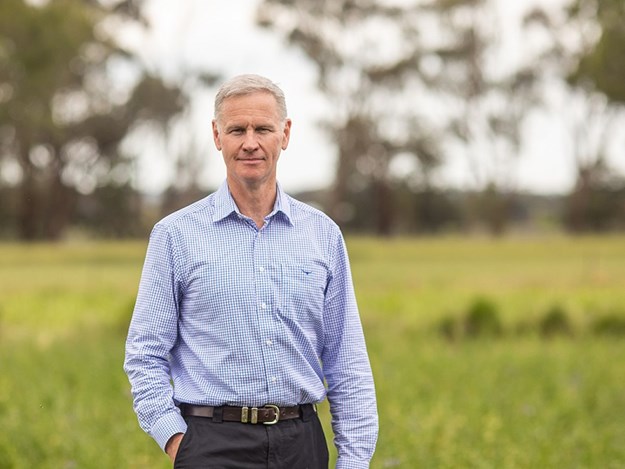Capital investment in Australia’s agriculture sector needs to increase from $1.2 billion to $8.7 billion annually, or a 2030 farm gate output target will not be met until 2054, a new report says.
Australian agriculture’s 2030 farm gate output target will not be met until almost 25 years later unless a seven-fold increase in capital investment occurs, a report has warned.
AgriFutures Australia commissioned the report, which says the National Farmers’ Federation’s farm gate output target of $100 billion per year by 2030 for the agriculture, fisheries and forestry industries will fall well short without additional capital investment.
Currently, there is $1.2 billion invested by the private sector and government annually, which would need to increase to $8.7 billion each year until 2030 – otherwise the farm gate output in that year would be only $84 billion rather than the desired $100 billion.
Australia’s current annual farm gate output is valued at $63 billion.
National Farmers’ Federation (NFF) chief executive Tony Mahar describes the report as a wake-up call for industry, following last year’s release of NFF’s 2030 roadmap, which has been supported by the Federal Government.
“Agriculture’s capital drought was identified in the NFF’s 2030 roadmap as a major handbrake on the sector’s prosperity,” he said.
“If changes are not made to make investment in agriculture more attractive and fit-for-purpose, farmers will be hamstrung in their ability to grow.”
The report said there was no single issue holding back investment, but highlighted several barriers and provided a roadmap towards making investment more desirable.
These barriers included a lack of access to quality and timely benchmarking data for investors, needing to demonstrate an “attractive risk adjusted rate of return that is also sufficiently different to other asset classes already in portfolios” and better explanation of the Foreign Investor Review Board process to potential investors.
Foreign investment was highlighted in the industry roadmap, along with exploring alternative farm ownership models and equity partnerships, plus environmental financing.
 |
|
AgriFutures Australia managing director John Harvey believes further capital investment will enable farmers to make full use of technological innovations.
|
Natural Capital Economics director and report author Jim Binney says some of the onus needs to be on the agriculture industry to make opportunities available to investors, adding that he was also confident that implementation of the roadmap’s recommendations would bring tangible benefits.
“This should see farmers’ options for sources of investment capital broadening from the current reliance on loans and their own equity to also include investment from other sources,” he said.
“The best way to attract more capital investment into the sector is to have bankable projects. Like all businesses, farmers should always be seeking new opportunities.”
AgriFutures Australia managing director John Harvey said further capital investment in the agriculture sector would enable farmers to make full use of the technology and innovations available.
“We know agriculture offers investors, like superannuation funds, an attractive ‘point of difference’ to add to their portfolios to create a more diverse and balanced investment profile,” he said.
“From purchasing machinery, to expanding production, to adopting new farming practices and innovating – access to capital is critical.
“The use of precision agriculture technologies, sensor-based applications and Internet of Things (IoT) are fundamental to fuelling sector growth. All these innovations require capital.”
A separate National Farmers’ Federation report, released this week, has provided a pathway towards better regionalisation of Australia and calls for a major increase in regional infrastructure investment and fresh thinking about the role of regional communities.

